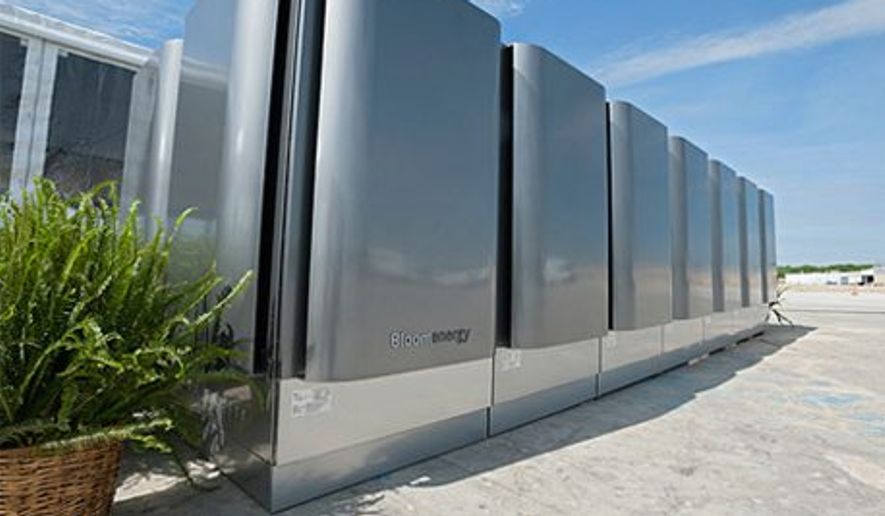The global energy landscape continues to experience dramatic changes as we approach the third decade of the 21st century, providing us with immense opportunities to strengthen the energy sector — and our nation. Advancements in technology have made natural gas more abundant, renewable energy sources more accessible and enabled energy companies to fine-tune their solutions to address specific needs and desires of customers.
At the same time, the energy marketplace is responding to unprecedented change as customers at all levels expect more innovative, diverse and environmentally responsible energy solutions from the companies that serve them.
Within the natural gas sector, the largest factor in this industry pivot has been the shale revolution, which, thanks to technological advances, makes previously inaccessible supplies of natural gas available to bring to market.
Natural gas is now more abundant and affordable in the United States than ever before, providing greater energy security domestically. U.S. natural gas imports are at historic lows, while companies like WGL are taking advantage of export opportunities in the global marketplace. The increase in natural gas accessibility also has stimulated job growth and economic development.
As the cleanest of fossil fuels, natural gas is, and will continue to be, a mainstay of our nation’s energy portfolio going forward. At the same time, customers increasingly are looking for renewable energy solutions. Wind and solar power have been around for centuries, but it is only recently that technological advances in electronic, engineering and manufacturing have made these solutions viable in the marketplace and economically attractive.
The popularity of renewable energy in the United States has also been spurred on by favorable federal government incentives, such as the Wind Production Tax Credit and the Investment Tax Credit for solar energy equipment. Similar tax benefits have been available for other energy technologies, such as geothermal energy and biomass generation.
At the state level, the adoption of renewable portfolio standards (RPS) — requiring utilities to generate or acquire a certain percentage of the electricity they sell from renewable sources — is continuing to increase. Today, 29 states and the District of Columbia have mandatory RPS targets, while eight other states have voluntary targets.
Natural gas infrastructure is also benefitting from innovative policies, such as accelerated pipeline replacement programs that allow utilities to upgrade and enhance aging natural gas distribution systems and recover costs for infrastructure investment on a timely basis.
Forward-looking policymaking across the energy spectrum is vital to the country’s future, as are investments in research and development. Today, more than any other time, customers — mainly large commercial and institutional customers — are demanding distributed energy solutions and diverse energy portfolios. And there’s good reason: By generating power onsite, large or small businesses, government campuses, schools, hospitals and even entire communities can eliminate the cost, complexity and inefficiencies of traditional grid electricity or power.
Today’s energy-savvy customers are also craving energy efficiency solutions, such as Combined Heat and Power (CHP), to generate power and heat through an integrated system. CHP brings immense benefits — providing efficiency in power and heat generation of up to 80 percent.
Bringing all of these solutions together requires a combination of traditional resources, such as natural gas, alongside renewable energy, including wind and solar. This combination harnesses the advantage of new technologies and data, and the favorable incentives for production and manufacture.
At WGL, we are so much more than a natural gas company. We exemplify the diverse energy revolution taking hold — and thriving. Our regulated utility, Washington Gas, provides safe, efficient and reliable natural gas service to more than 1.1 million customers, and has been serving customers for nearly 170 years.
At the same time, through our newer, non-utility businesses, we have invested nearly $700 million in distributed generation, including solar and fuel cell projects. Our assets consist of more than 235 projects across the country, representing 145 megawatts of distributed generation capacity in service, with an additional 66 megawatts contracted or under construction.
We are also delivering integrated solutions to customers, such as the Catholic University of America, a long-time natural gas customer, which now includes wind power and asset-owned solar power. Our solution for The Parks at Walter Reed includes natural gas as the primary fuel source for onsite generation, alongside renewable power options and energy storage systems. This integrated system will mitigate fuel price volatility, provide long-term operational efficiency and deliver competitive energy rates.
At WGL, we know the road ahead lies in both diversity and integration. It is essential that federal and state policies continue to foster innovation, exploration and pave the way for a stronger energy future. As a company, we will continue to leverage advances in technology, traditional natural gas, combined with cleaner, renewable energy to serve the rapidly evolving needs and desires of our customers. It is this creativity and innovation, driven by core expertise, that will ensure our role in the future of energy.
• Terry D. McCallister is Chairman of the Board and Chief Executive Officer of WGL Holdings, Inc., and Chairman and CEO of Washington Gas.




Please read our comment policy before commenting.